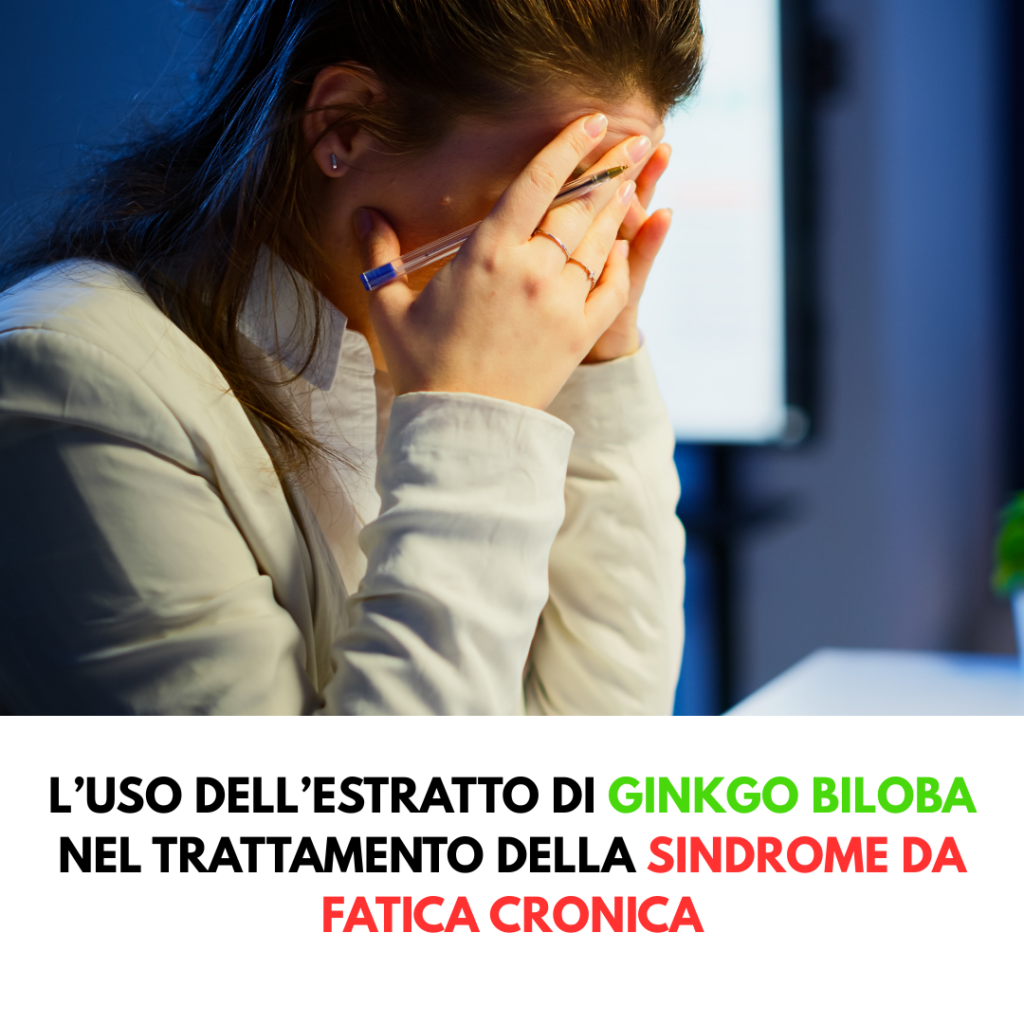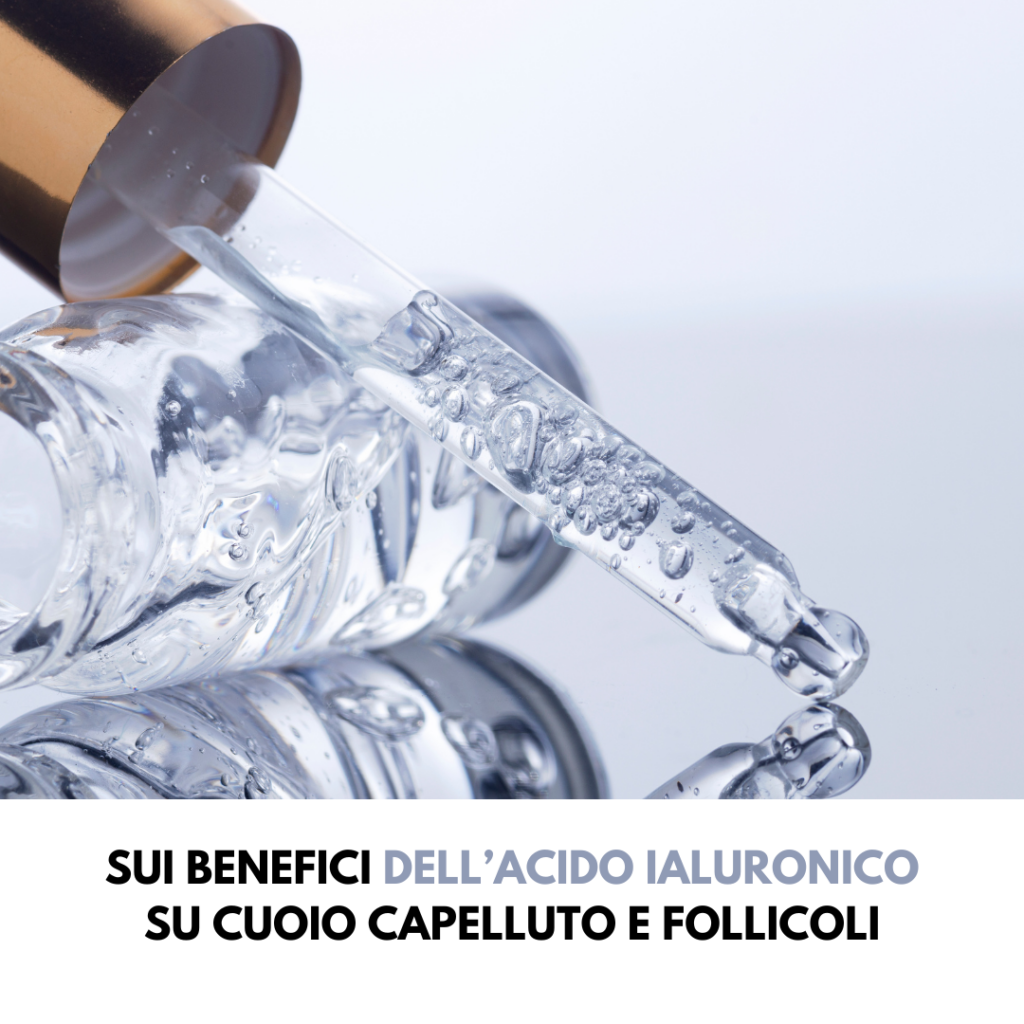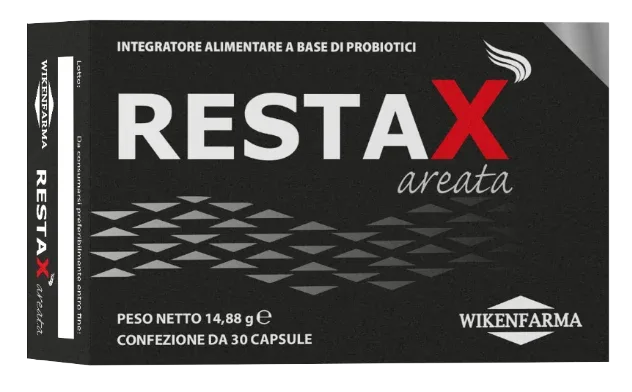Scientific articles
THE CORRELATION BETWEEN GUT MICROBIOTA AND ALOPECIA AREATA
Multiple therapeutic approaches in the treatment of pathology
Index
Alopecia areata is a particular form of acquired alopecia that affects about 2% of the world’s population at least once in their lifetime.[1]
This condition has no particular prevalence in one sex or the other and can occur at all ages, although the age of first onset is most common in the third and fourth decades of life. Alopecia areata is suspected to be an autoimmune disorder and, among autoimmune disorders, would be the most common.[1] This condition often brings considerable psychological distress in patients, distress that should not be underestimated as it turns out in fact that anxiety and depression are more common in patients with alopecia areata than in the general population.[2] [3]
The symptomatology of this condition is characterized by an acute symptomatic onset with the appearance of alopecic patches of roundish shape, asymptomatic, at the level of which the scalp appears free of any inflammatory reaction. In severe cases, AA may involve the entire scalp (total alopecia) or all body hairs (universal alopecia).[4]
The most common type of symptomatology, however, is patchy alopecia areata of the scalp, in which only certain areas are affected and do not produce hair. The disease also has a lymphocytic infiltrate around and within the hair follicle, effectively preventing hair growth during the anagen phase.[5]
Studies on the etiology of alopecia areata
In the past, before arriving at the current consensus that the condition is most likely autoimmune in origin, a variety of hypotheses have been formulated on the etiology of alopecia areata, ranging from psychogenic nature to infectious nature, hormonal cause, and poisoning cause.[5]
The etiology of the disease is not yet completely clear, however, what is clear is that a loss of “immune privilege” in which hair follicles are normally found, as a result of which, self-antigens present on hair melanocytes and hair bulb cells can often give rise to an immune response by CD8+ T lymphocytes, which do not recognize them as “self” cells. In healthy individuals, this immune privilege against the follicle is maintained through macrophage migration inhibition factors, natural killer cell inhibitors, and T lymphocyte migration inhibitors. [6]
Emotional stress, which is often followed by the acute onset of the disease, can be a trigger for the loss of immune privilege of the hair follicle, creating localized psychogenic inflammation, which will be followed by the infiltration of lymphocytes and NK cells into the follicle and the subsequent autoimmune attack.[7]
The key symptoms of the disease are the presence of glabrous patches containing yellow dots and black dots, at the edge of which are broken hair and “exclamation point” hair. In some cases, such patches may also contain small hairs of fleece, the latter indicating the beginning of regrowth.[5]
It is also known in the literature how patients with alopecia areata tend to have issues of intestinal dysbiosis [8]: such issues could contribute to aggravating the autoimmune response, as an imbalance in the intestinal microbiota also leads to problems at the immune level; specifically, dysbiosis is often associated with reduced integrity of the intestinal barrier, and the consequence of this is the possibility that intestinal microbes can cross it by entering the intestinal tissues, or even the bloodstream, and can trigger autoimmune reactions by presenting self-like antigens.[9]
Second, a situation of dysbiosis promotes over-activation of immune mechanisms, both innate and adaptive, and reduces the production by commensal microorganisms of immunomodulatory substances, such as short-chain fatty acids, necessary to stimulate the specialization of T lymphocytes into regulatory T lymphocytes (Treg), which play the crucial role of eliminating T helper lymphocytes activated for the self.[9]
Treg cells are known to be strongly involved in the maintenance of the immune privilege enjoyed by the eyes, and it is reasonable to assume that they play a similar role therefore in the maintenance of the immune privilege of the hair follicle.[10]
Therapeutic approaches to treat alopecia areata
Thus, we can conclude that multiple therapeutic approaches can be attempted in the patient with Alopecia areata: one aimed at treating the symptoms, in which corticosteroids or active ingredients with topical immunosuppressive activity are used [5]; another therapeutic approach may be aimed at trying to restore the homeostasis of the intestinal microbiota, in order to try to restore the immune privileged status that the hair follicle should enjoy.[10]
By virtue of this, Wikenfarma offers the following. RestaX Areata, it is theonly product that acts on the intestinal dysbiosis of the AA patient thanks to appropriately selected bacterial strains. Unlike other products, in fact, for the first time the importance of the integrity of the intestinal barrier in an autoimmune disease is taken into consideration; therefore, the patient is treated with a therapeutic approach that acts on one of the possible triggers.
The probiotic formulation in gastro-resistant capsules is aimed at improving the status of the intestinal microbiota and, consequently, restoring the physiological status of Treg cells and contributing to physiological remission from alopecia areata.
RestaX Areata contains, in fact, a balanced formulation of bacteria and yeasts typical of the physiological state of the intestinal microbiota, its intake therefore helps a solve situations of dysbiosis and restore healthy intestinal flora.
For more information...
Share the article on your socials!
Stay up to date*, sign up for our Newsletter to receive every article on your email!
You may also be interested in.
-
 15 Sep 2025The use of Ginkgo biloba extract in the treatment of chronic fatigue syndrome
15 Sep 2025The use of Ginkgo biloba extract in the treatment of chronic fatigue syndrome -
 04 Jul 2025ON THE USE OF SPECIFIC NUTRACEUTICALS AS ADJUNCTS TO TREATMENTS FOR ADHD
04 Jul 2025ON THE USE OF SPECIFIC NUTRACEUTICALS AS ADJUNCTS TO TREATMENTS FOR ADHD -
 24 Jun 2025THEY TALK ABOUT TRIVIS UV ON “THE SKIN”
24 Jun 2025THEY TALK ABOUT TRIVIS UV ON “THE SKIN” -
 19 Jun 2025ON THE BENEFITS OF HYALURONIC ACID ON SCALP AND FOLLICLES
19 Jun 2025ON THE BENEFITS OF HYALURONIC ACID ON SCALP AND FOLLICLES -
 23 May 2025ON THE IMPORTANCE OF PER OS TREATMENT FOR COMPLETE PHOTOPROTECTION OF THE SCALP
23 May 2025ON THE IMPORTANCE OF PER OS TREATMENT FOR COMPLETE PHOTOPROTECTION OF THE SCALP
Products in this article:

RestaX Areata 30CPS
Restax Areata 30cps probiotic-based nutraceutical supplement for the treatment of alopecia areata.
Bibliography
[1] Miteva M, Villasante A. Epidemiology and burden of alopecia areata: a systematic review. Clin Cosmet Investig Dermatol. 2015 Jul;397 .
[2] Marahatta S, Agrawal S, Adhikari BR. Psychological Impact of Alopecia Areata. Dermatol Res Pract. 2020 Dec;2020:1-5.
[3] Mesinkovska N, Craiglow B, Ball SG, Morrow P, Smith SG, Pierce E, et al. The Invisible Impact of a Visible Disease: Psychosocial Impact of Alopecia Areata. Dermatol Ther (Heidelb). 2023 Jul;13(7):1503-15.
[4] Tosti A, Piraccini BM. Alopecia areata. Ambulatory trichology. Milan: Springer Milan; 2014; pp 29-39.
[5] Pratt CH, King LE, Messenger AG, Christiano AM, Sundberg JP. Alopecia areata. Nat Rev Dis Primers. 2017 Mar;3(1):17011.
[6] Ito T, Ito N, Saatoff M, Hashizume H, Fukamizu H, Nickoloff BJ, et al. Maintenance of Hair Follicle Immune Privilege Is Linked to Prevention of NK Cell Attack. Journal of Investigative Dermatology. 2008 May;128(5):1196-206.
[7] Azzawi S, Penzi LR, Senna MM. Immune Privilege Collapse and Alopecia Development: Is Stress a Factor. Skin Appendage Disord. 2018;4(4):236-44.
[8] Sánchez-Pellicer P, Navarro-Moratalla L, Núñez-Delegido E, Agüera-Santos J, Navarro-López V. How Our Microbiome Influences the Pathogenesis of Alopecia Areata. Genes (Basel). 2022 Oct;13(10):1860.
[9] Zhang X, Chen B, Zhao L, Li H. The Gut Microbiota: Emerging Evidence in Autoimmune Diseases. Trends Mol Med. 2020 Sep;26(9):862-73.
[10] Gilhar A, Laufer-Britva R, Keren A, Paus R. Frontiers in alopecia areata pathobiology research. Journal of Allergy and Clinical Immunology. 2019 Dec;144(6):1478-89.


